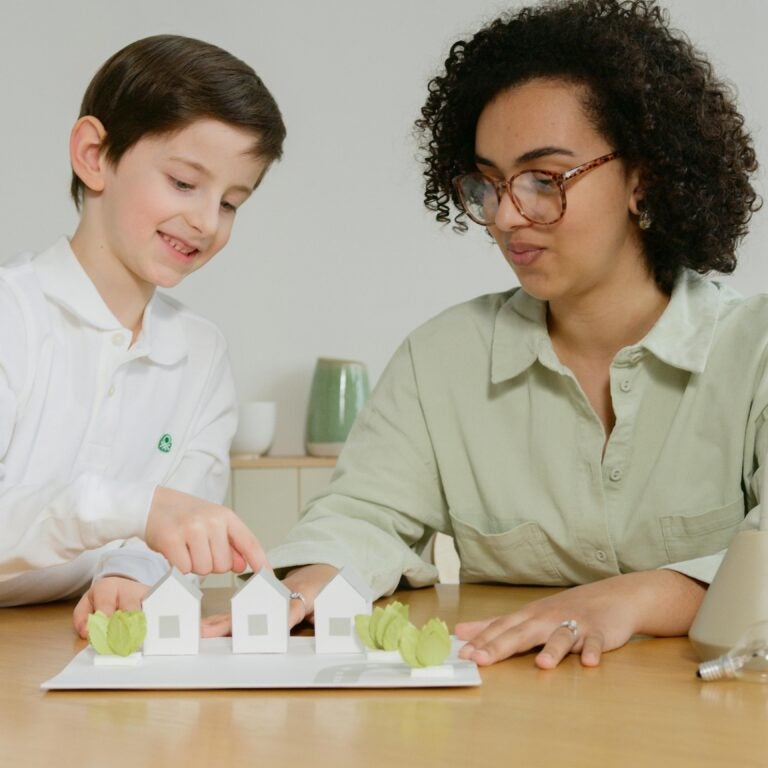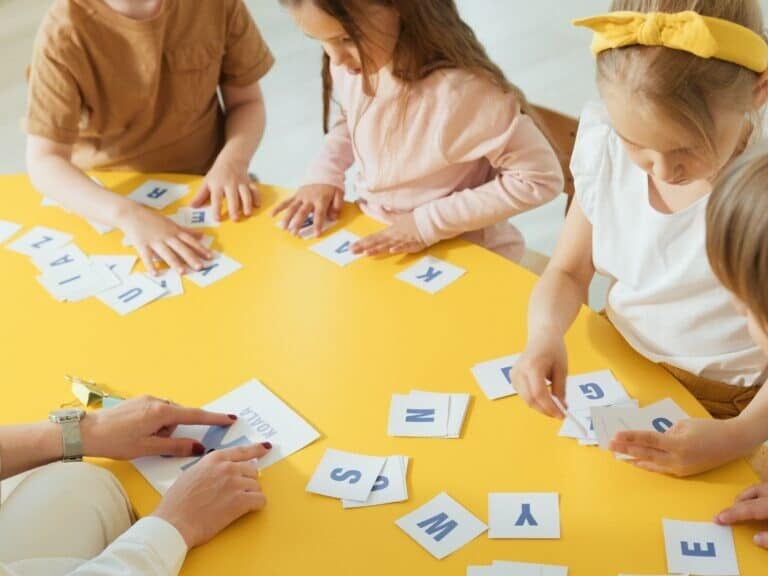In the CHILD Lab, we investigate how language and cognition interact across the lifespan, from infancy to adulthood. The questions we ask range from how infants use language to learn categories and remember objects to how children and adults use linguistic and world knowledge to infer new word meanings. Our work also explores variability in language development, examining how language abilities vary across different learners (e.g., multilingual children, children who are late talkers) and different contexts (e.g., hearing speech that is less clear or that occurs in an unfamiliar accent).
Explore some of our current work being done in the lab below! For relevant papers produced by our Primary Investigator Dr. Sandy LaTourrette, click the links below. For a full list of Sandy’s publications, go to the Publications tab.
Speech Comprehension Across Variability
As infants grow, they not only need to learn how to understand their native language, but also the countless variations from speakers all around them. With global immigration having spiked over the last century, infant’s environments have become more likely to include speech in a variety of accents.
We are interested in how infants and children comprehend speech produced by different speakers or in different contexts. For example, when infants hear a speaker with a different accent, how, and at what age, do they understand this speech? Does this ability vary depending on infants’ previous exposure to the speaker or the context in which the speaker is introduced?

Word Learning across Exposures
Our lab is interested in how infants, children, and adults learn words—specifically, what they retain from each new exposure to a word. That is, when children hear a word multiple times in different situations, do children use information from those previous utterances to guide their interpretation of the word now? We consider whether things like the word’s previous referential context (what objects were present?), linguistic context (what sentence was the word uttered in?), and of course the semantic hypothesis (what did they think the word meant before?) affect how learners behave the next time they hear the word and are asked to identify its referent.

Concept Learning
We are also interested in how infants, children, and adults use the language they hear to form new concepts. So, does the way that a series of objects or individuals is labeled (e.g., all with the same common label, or each with a unique label) affect what people learn about the objects or individuals?
Our work has shown that labels do influence both categorization and memory for objects. For instance, infants are more successful in learning categories when every category member is labeled; moreover, they are still just as successful even when only a few of those category members are labeled. Ongoing work examines labels’ role in forming other kinds of categories, like those for social groups and emotions. Related research also asks how children learn to extend words across multiple, related concepts in the case of polysemous words (words with multiple meanings: e.g., “glass” refers both to certain types of cups and to the stuff they’re made from).
